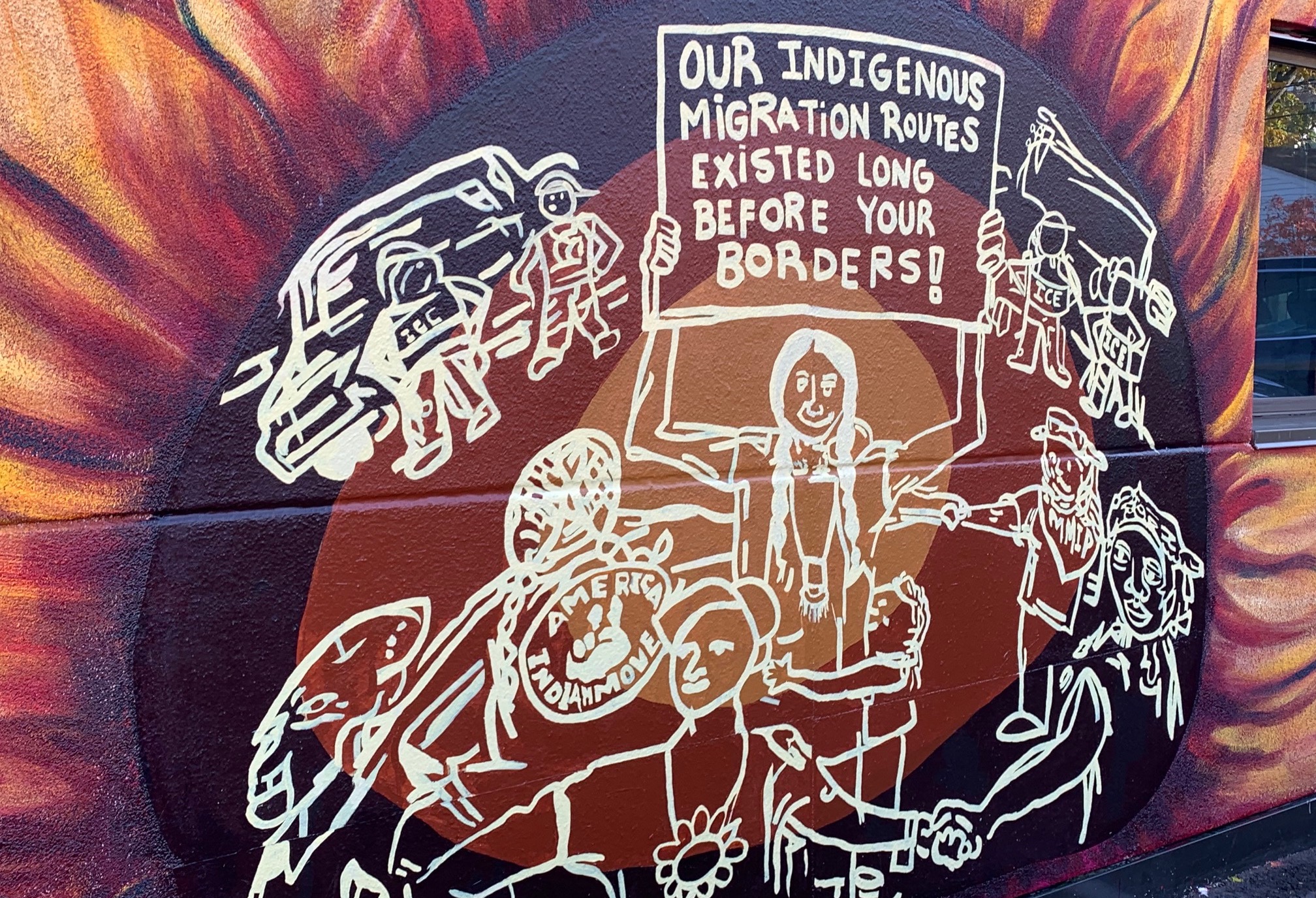ACT Fellows learn from local leaders in the Twin Cities

Transportation for America believes in hands-on learning from experienced practitioners. And we put that belief into practice through programs like our Arts, Culture and Transportation (ACT) Fellowship, supported by the Kresge Foundation, where we have been able to take our fellows to different communities to experience first-hand the power of arts and culture to produce better transportation systems.







